The start of December brings the season of Victorian balls, like the Fezziwigs held by organizations such as The Commonwealth Vintage Dancers and Regency Encounters which both held yearly Victorian balls prior to Covid. The night is filled with 19th century carols, refreshments, and dancing as guests step back in time. While not as many are being held this year, it is still fun to think about what makes a Christmas ball special and to look forward to such celebrations in the future.
Fezziwigs are named after Mr. Fezziwig, the employer of A Christmas Carol’s Ebenezer Scrooge when he was young. In Charles Dickens’ story, the Ghost of Christmas Past takes Scrooge to visit Mr. Fezziwig’s home where he is having a party. “Say that his power lies in words and looks; in things so slight and insignificant that it is possible to add and count ‘em up: what then? The happiness he gives is quite as great as if it cost a fortune,” Scrooge says as he reflects on Mr. Fezziwig’s generosity.
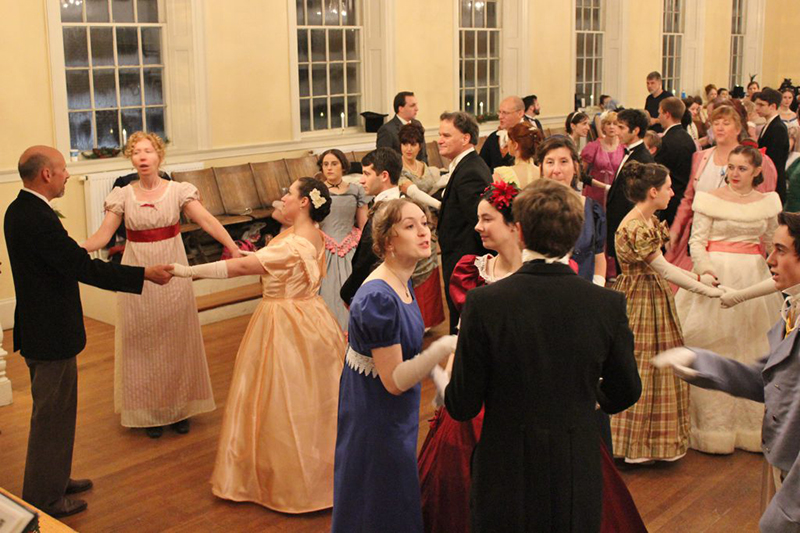
Victorian balls etiquette
Victorian balls and Fezziwigs give a chance for guests to enjoy the joys of the holidays. But while fun, balls in the Victorian era were structured around a strict set of guidelines.
Preparing for a ball in the 19th century was a grand affair. Several people interested in hosting a ball would form a Committee of Arrangement or Managers. The committee would then find a hall, hire a band, plan the food, and invite the guests. Many balls were also hosted by families and held in private homes.
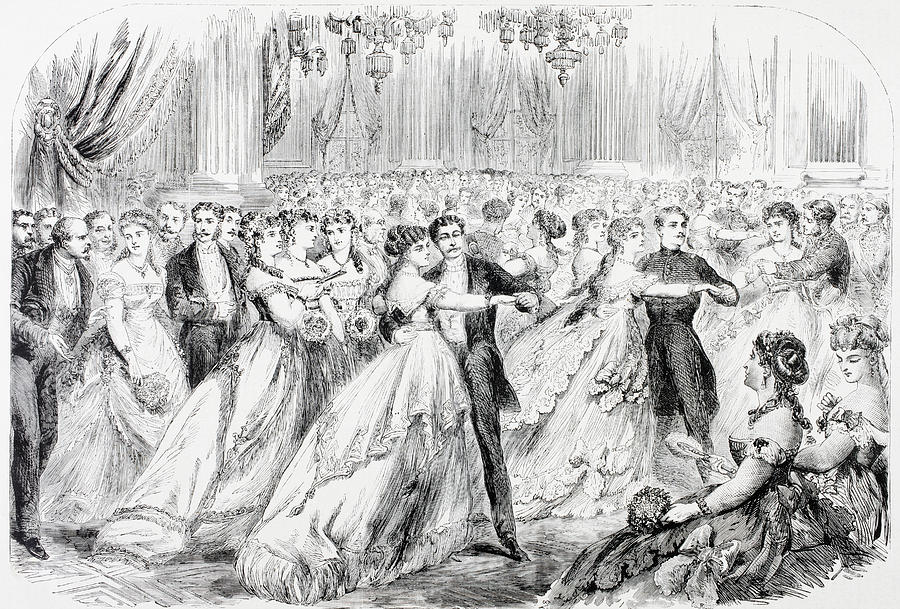
On the night of the ball, committee members might serve as floor managers to direct the music, make introductions, and make sure guests had enough dance partners.
During the ball, there were many rules of etiquette guests must follow. An unmarried lady was accompanied by her mother or a chaperone, while a married lady came with her husband. Gentlemen could not approach any lady to dance but instead had to be introduced by a friend or the floor manager.
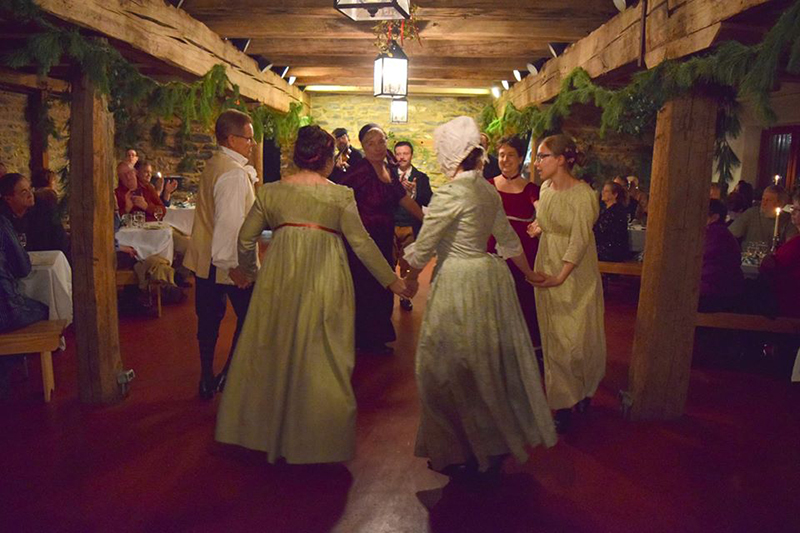
A woman could not cross the ballroom floor unescorted and it was frowned upon for a lady to refuse an invitation from a gentleman to dance. Ladies were never to look too interested in the men they were dancing with. In the future, if a gentleman saw a lady he danced with at a ball, he could not speak to her unless the lady chose to recognize him. Engaged couples danced with one another little during a ball, and married couples even less.
Other rules may have included:
A man who knows how to dance, and refuses to do so, should absent himself from a ball.
Noisy talking and boisterous laughter in a ballroom are contrary to the rules of etiquette.
In a ballroom, never forget nor confuse your engagements. If such should occur, an apology, of course, must be offered and pleasantly accepted.
Do not make a “grand rush” for places, which we regret to say is so frequent in our ball-rooms.
Do not forget to thank your partner after seating her, for the favor she has bestowed upon you.
Always recognize the lady or gentleman director or master of ceremonies, with becoming politeness.
The ladies’ dressing-room is a sacred precinct, into which no gentleman should presume to look. To enter it would be an outrage not to be forgiven.
(From MassHistoria.com)
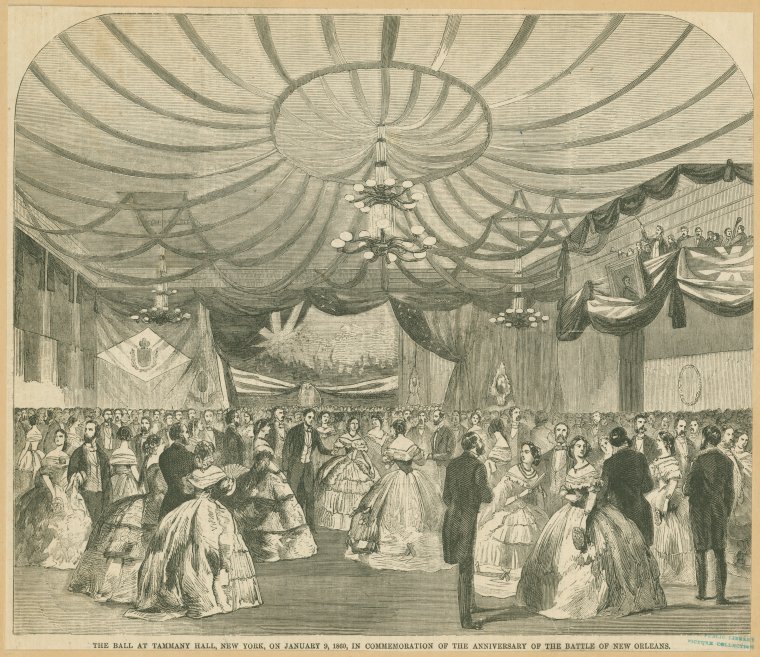
Dressing for a Victorian ball
There was much thought put into the gowns ladies wore to a Victorian ball. A woman would have to dress according to her age and her status as married or single. Older married women were expected to dress in attire of a lighter manner than for other occasions so as to promote the light and cheery atmosphere of the ball. It was generally expected that married women or older women in the community would also dress more modestly, with the bosom covered. Unmarried women, on the other hand, while also dressing in light colors, would have more elaborately decorated gowns with their bosom exposed as permitted by the trends of the day.
It was popular to wear flowers in your hair, but jewelry was worn sparingly. Ladies wore gloves, either white or dyed the color of her dress, and they were never taken off in the ballroom. An extra set of gloves was brought in case the gloves were soiled or ripped. It was also considered improper to enter the ballroom wearing a hat or bonnet.
Want to prepare for your next Victorian ball? Start with one of our elegant gowns:
View our entire collection of Victorian gowns here.
More Victorian holiday fun:
5 Fun facts about A Christmas Carol
Written by Faith Briggs
Updated in 2021 by Janice Formichella

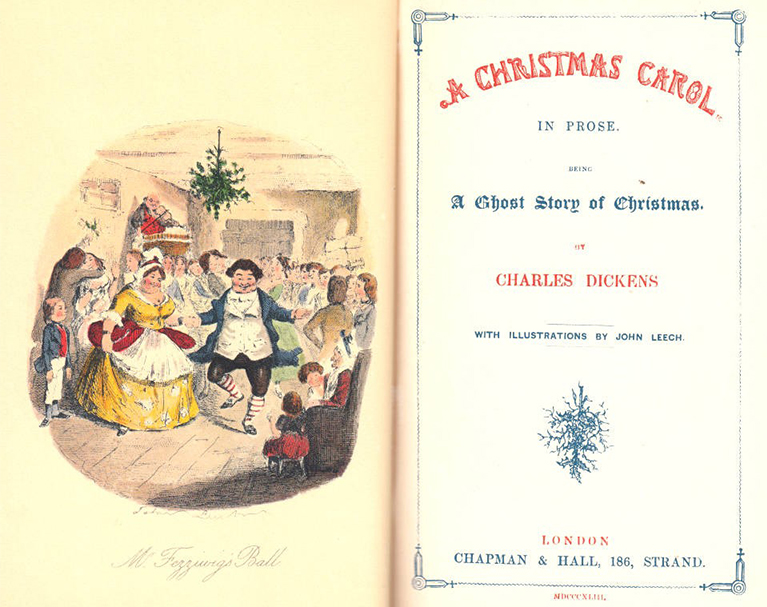
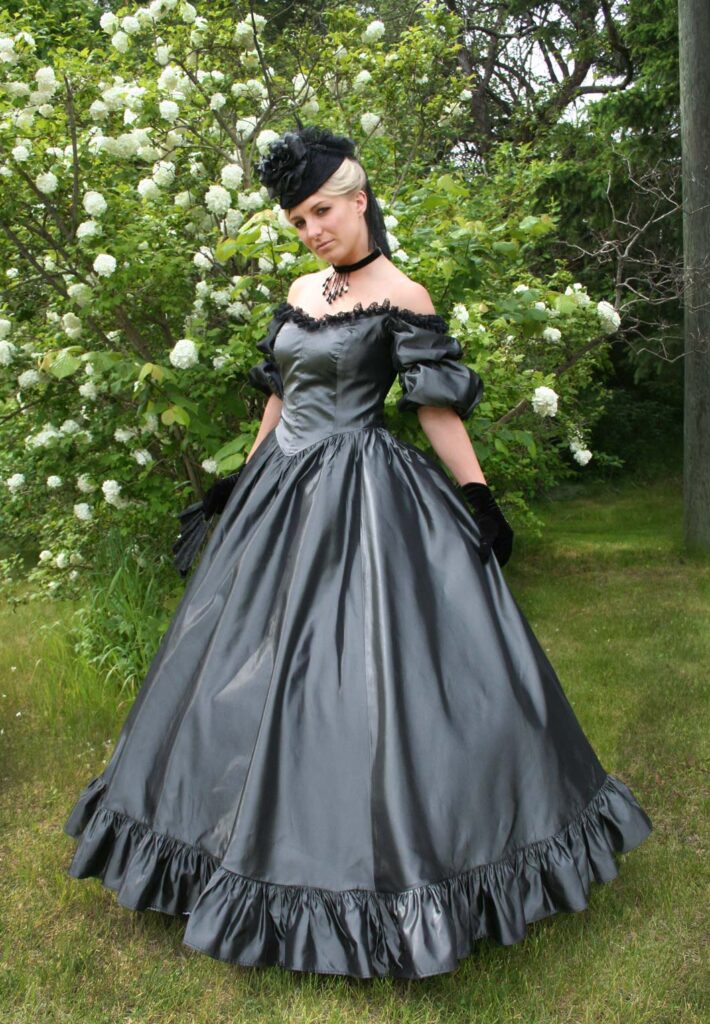

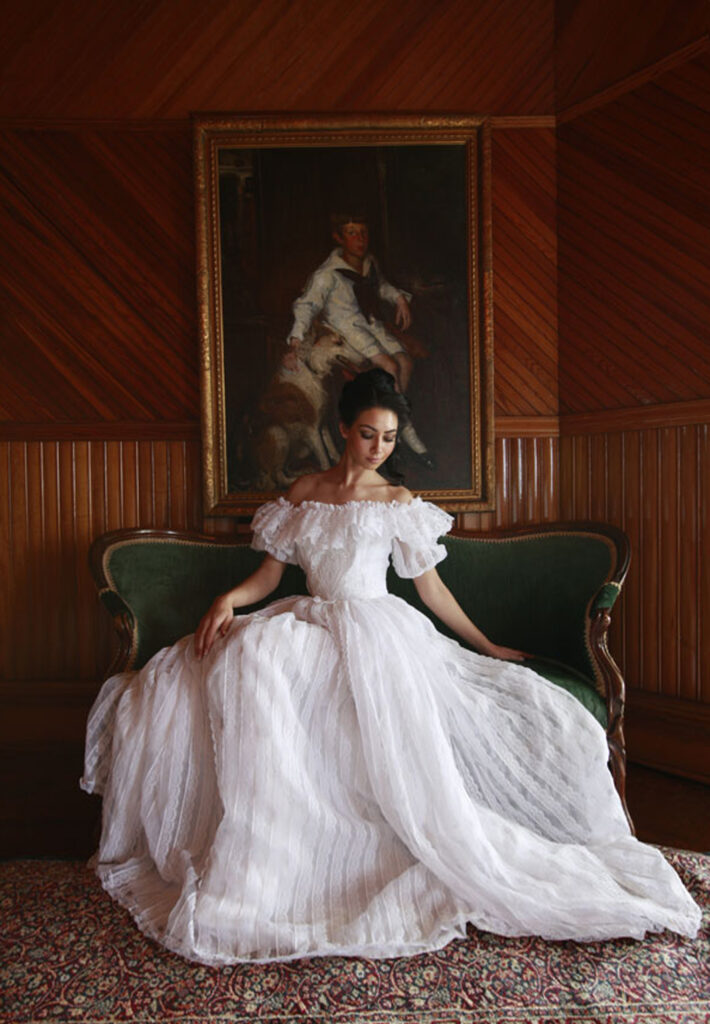











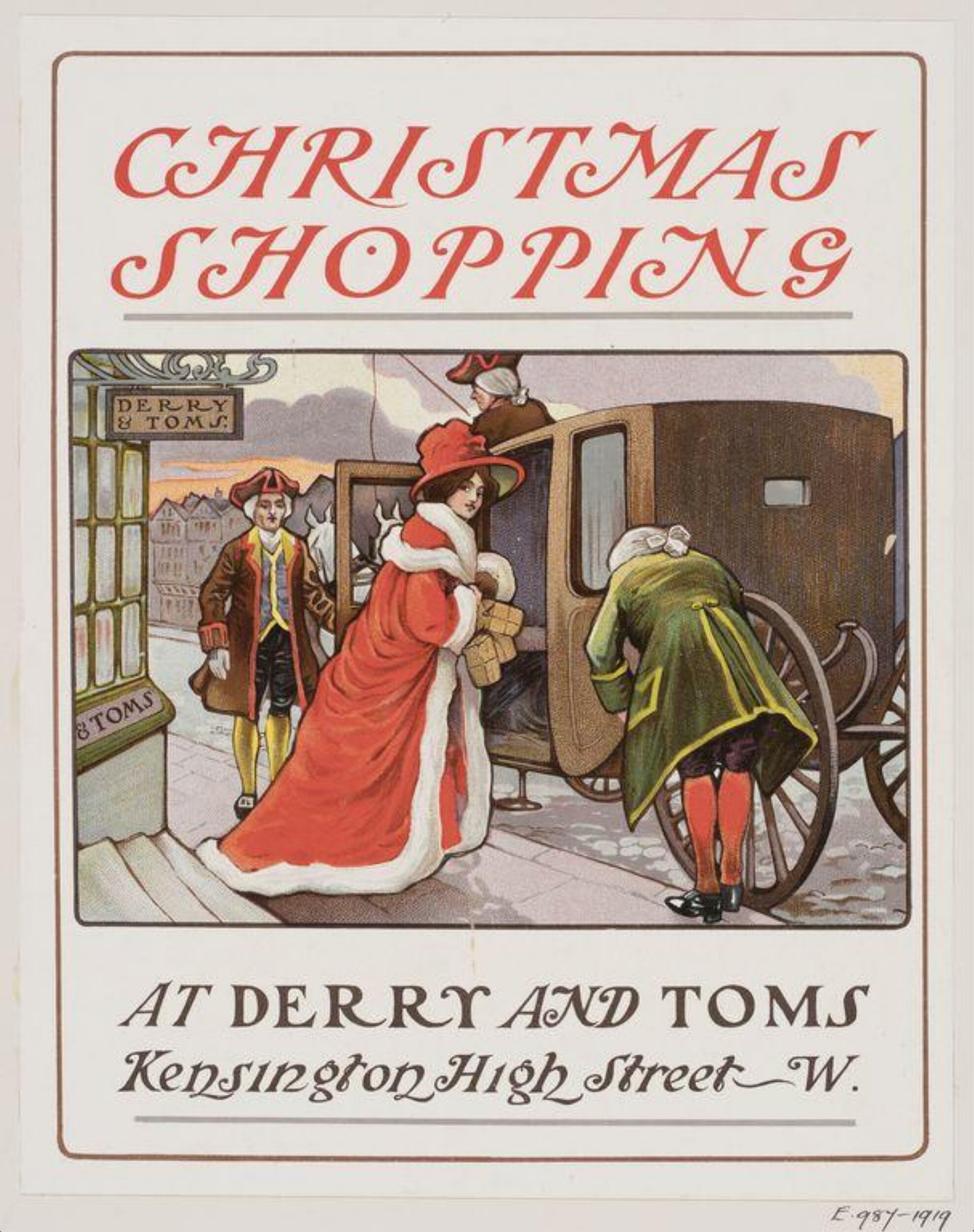
Leave A Comment